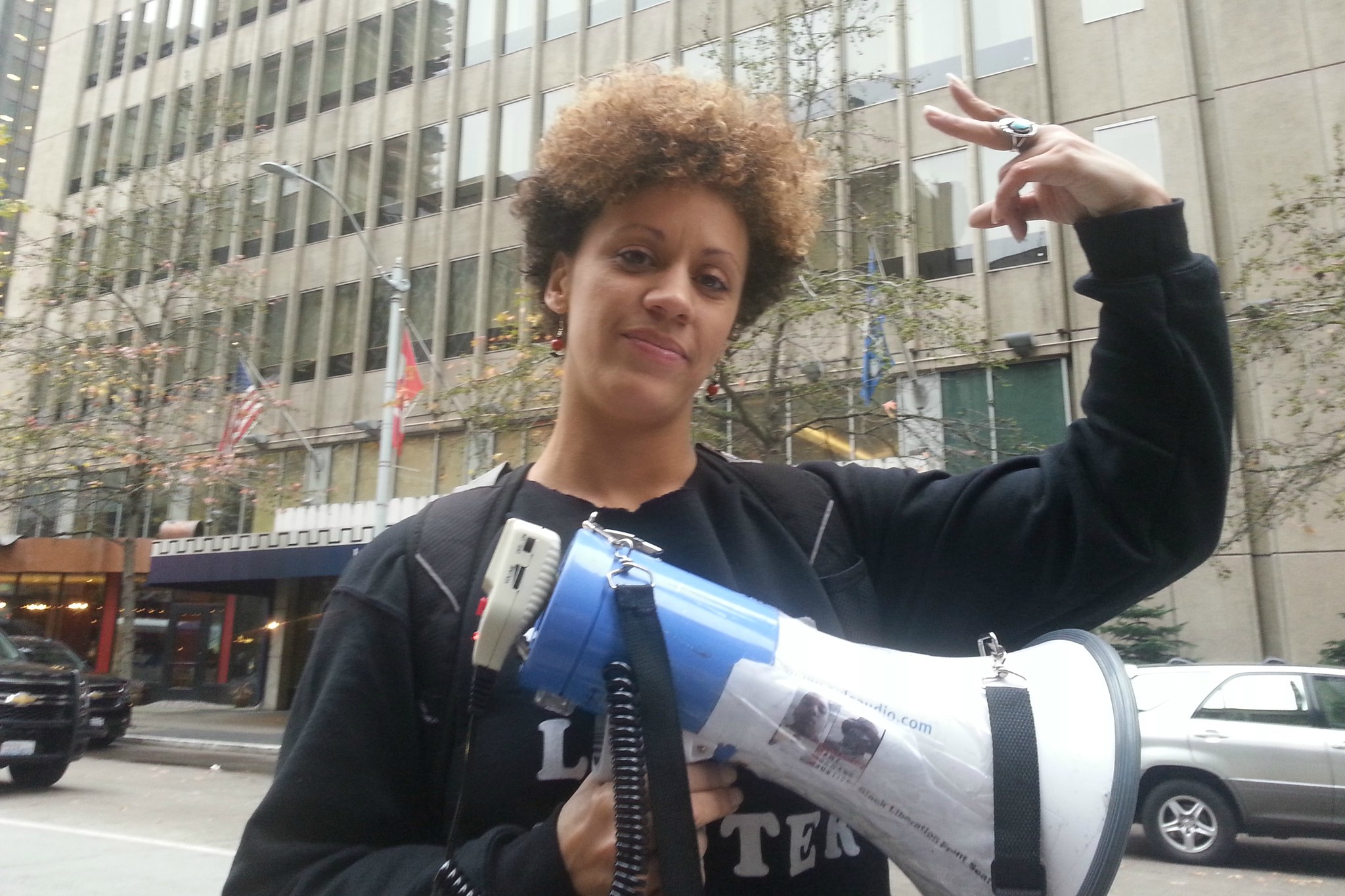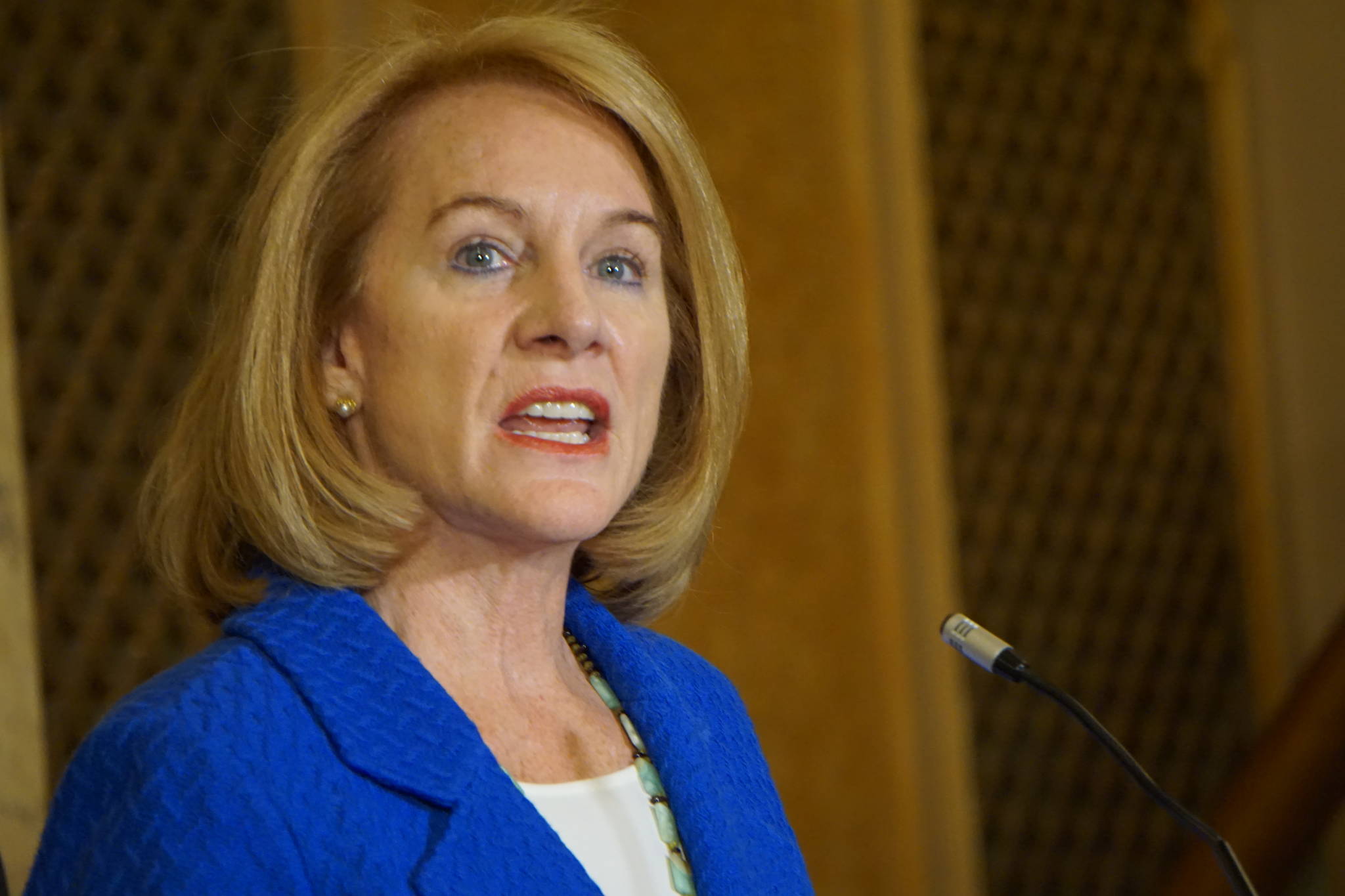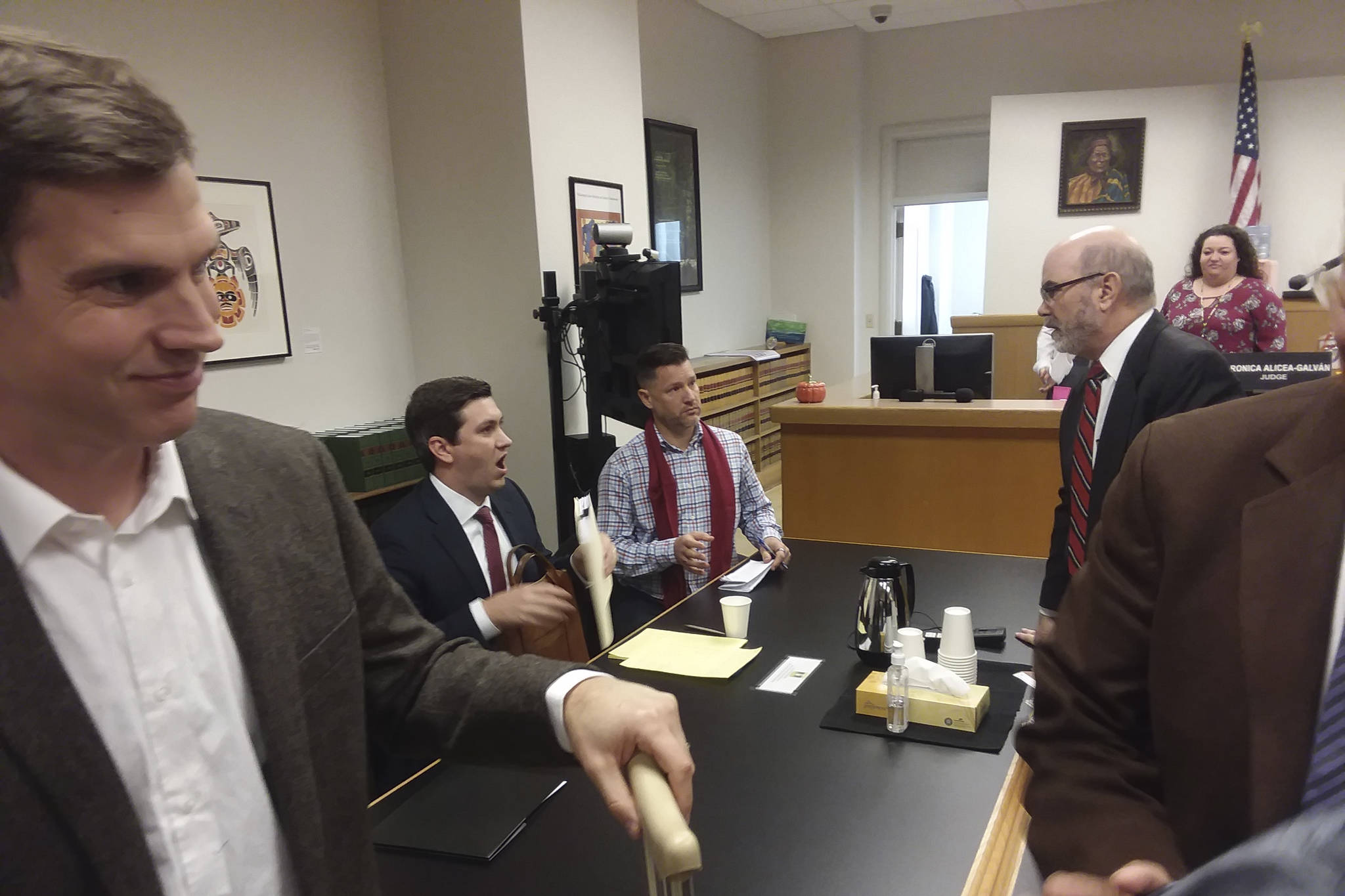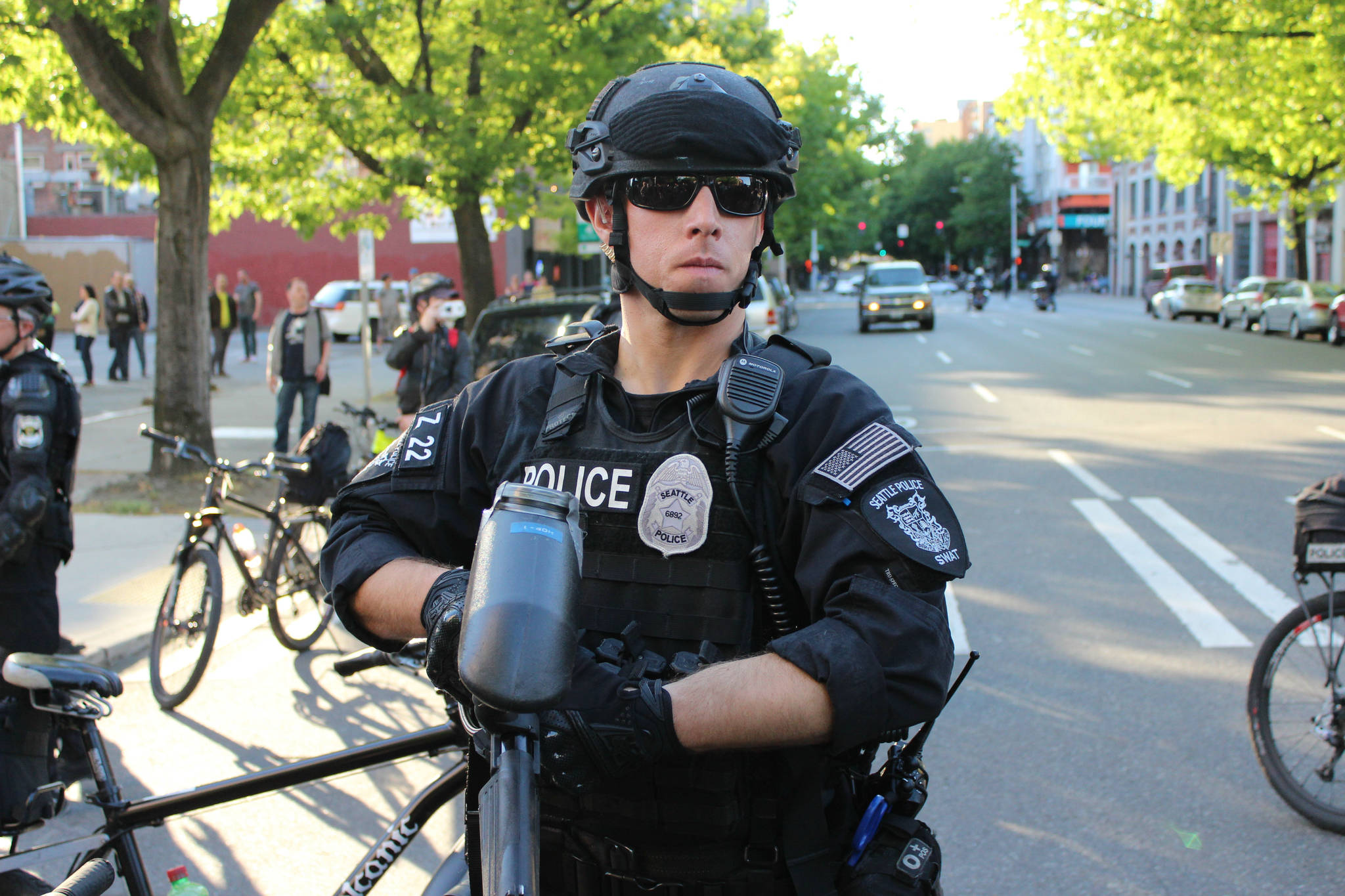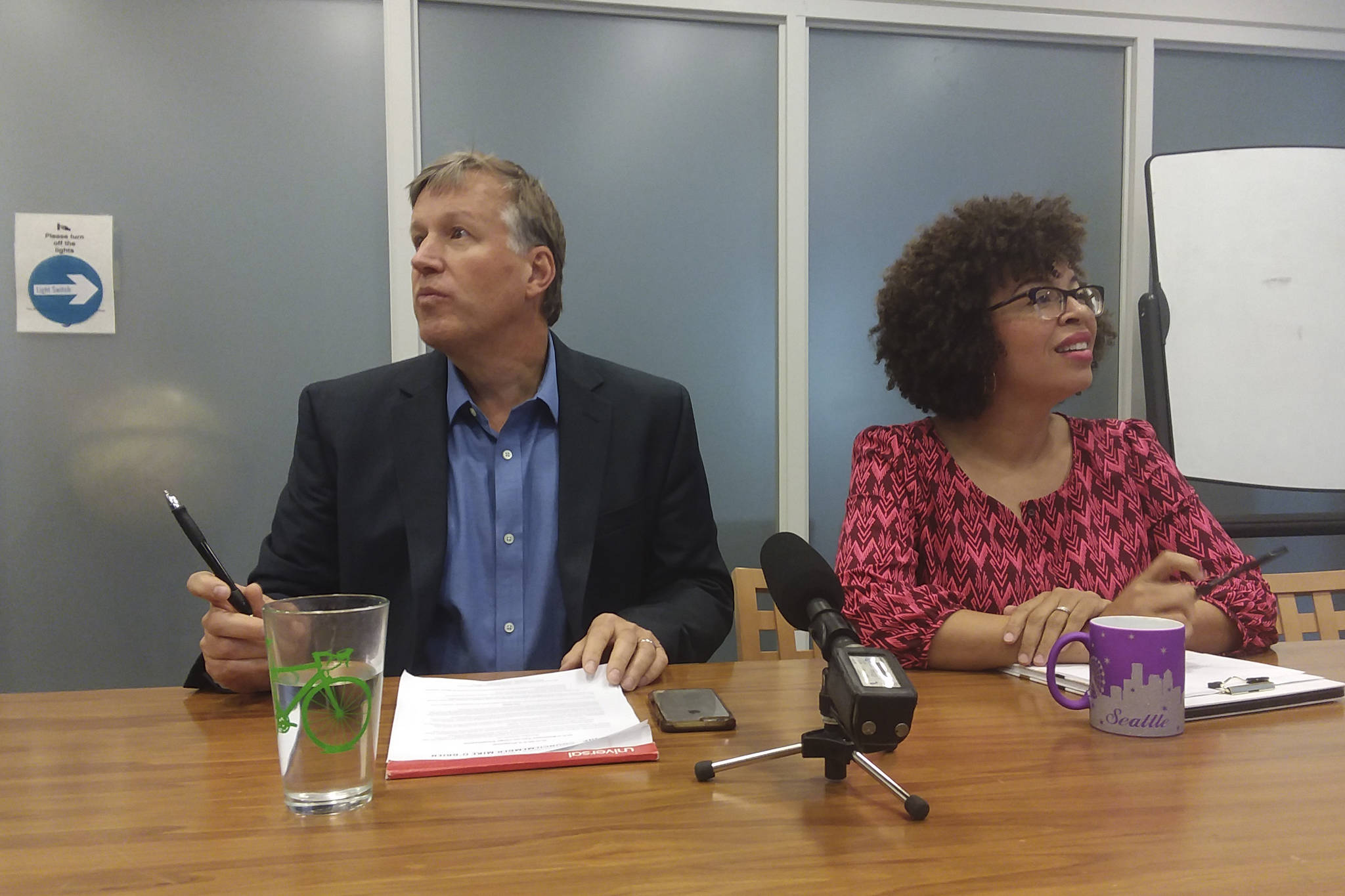“Whose streets?” asks a lone voice at the corner of Fourth and Columbia. “OUR STREETS!” replies the crowd.
Friday, November 25th, 2016. Hundreds (at least) of #BlackLivesMatter marchers fill the street in a cacophonous throng. After starting at Westlake Park early in the afternoon, the crowd has taken to Seattle’s streets in protest against police violence, against president-elect Trump, and against the orgy of consumerism that is Black Friday.
The march is headed toward City Hall, but the Seattle police have different ideas. They’ve been escorting the march, but now riot cops form a line blocking the path forward. Brandishing wooden clubs and paramilitary armor, the officers want the marchers to turn around, move away from City Hall and back toward Westlake. “Shame!” someone cries. One of the officers—a tall, thin white guy—grimaces. Most of the cops wear expressions as blank and absent as the transparent plastic visors that shield their faces from spit and friendly fire. The front line of marchers lock arms. They don’t push, but they don’t back off. For a moment, it looks like the confrontation is going to escalate into pepper spray and beatdowns.
Some photos from Black Friday's near-conflict between #BlackLivesMatter marchers and @SeattlePD. pic.twitter.com/FTDQK0EJXy
— Casey Jaywork (@CaseyJaywork) November 28, 2016
Then Aina Braxton gets involved. Making her way to the front of the line, the UW Bothell administrator talks to the police at the front, finds out what they want. Despite her own desire to reach City Hall, she uses a bullhorn to address the marchers, urging them to literally and figuratively turn their cheeks around and start walking the other way. “We are warriors of love and light,” she says, “and we want [the police] to be too.” Gradually, the march starts to move back the way it came. For today, at least, open battle has been avoided between Seattle’s Finest and Seattle’s populace.
“I have my six-year-old niece out here,” Braxton says to a flurry of reporters while walking to catch up with the front of the march. “I am not trying to have people confront the police force that I have known in the past to use excessive force…to knock people’s heads up, and shoot and kill people…I’m not going to lead a group of people into a situation that’s going to be potentially dangerous for them.”
So then why are you out here, facing down riot cops on a city arterial street?
“There was never an option for me,” she says, to not speak out against president-elect Donald Trump. The cost of silence would have been too high. “I’m a patriot. I’m a mother. I’m a descendent of slaves and the Blackfoot Tribe,” she says. The threat posed by the president elect, she says, “is real. People are still trying to have this Pollyanna, white-washed vision of what the world is like, and what Donald Trump taught us is that’s dangerous.”
Many activists believe that police, as an institution, are intrinsically racist and violent. Do you agree?
“Absolutely,” she says. “I do believe that—and I know that [police officers] are people, they’re humans.” Reconciling with fellow humans, Braxton says, is “the only thing I know how to do. I understand some people don’t feel that way and I support them, but I’m always going to lean to inviting people to my table to break bread with me. That goes for the police, that goes for Donald Trump himself.”
You’re refraining from physical violence or property destruction. Do you think everyone should do the same?
“There’s always been different strains of how people get shit done,” Braxton replies. “Sometimes, [property destruction] puts pressure on people to act when sometimes nonviolent means aren’t doing it.” She pauses, thinks for a moment. “I believe in peaceful protest, and I believe in bringing and walking in peace at all times.
“And I know that rage is real, and rage is healthy. Sometimes that rage needs somewhere to go.”
